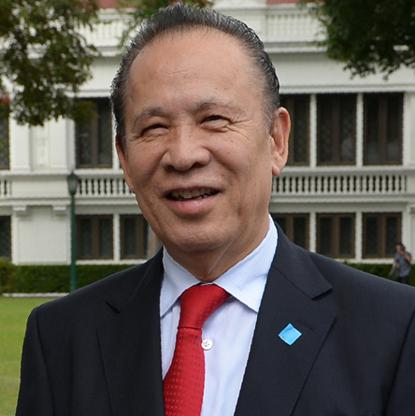Kazuo Okada – Billionaire

Kazuo Okada (岡田 和生 Okada Kazuo, born c. 1943) is a Japanese entrepreneur, engineer and art collector. His company, Universal Entertainment Corporation (formerly Aruze Corp) is a manufacturer of slot machines with a global reach. Currently, Okada’s biggest project is Okada Manila, a 44-hectare integrated hotel and resort in Manila’s Entertainment City. It is being developed through Universal Entertainment’s Tiger Resort, Leisure and Entertainment, Inc.
Okada serves as the Chairman of the Universal Entertainment Corporation. He was an executive at Wynn Resorts.
As of September 9, 2016, he is worth an estimated US$2 billion.
Early life
Kazuo Okada was born in 1942 during the Second World War. Having lost his father at a young age, he became independent and supported his family. He studied at an engineering vocational school to take advantage of his interest and passion for mechanics. An engineer at heart, Okada found tinkering with vacuum tubes (a basic component of early radios and televisions) “so much fun.”
Career
1960s
As a young man, Okada earned a living repairing jukeboxes and cathode ray tube televisions brought into Japan from the US. In 1969, Okada founded Universal Lease, which manufactured coin-operated arcade games for children.
Late 1960s to 1980s
In late 1969, Okada’s first visit to Las Vegas led to his decision to enter the business of slot machine manufacturing. He invented the “near-miss” feature in his slot machines, an innovation that helped expand the Japanese market of “pachislot” (a hybrid of Japan’s pachinko and Las Vegas slot machines) and also made Okada’s slot machines popular in Las Vegas.
| Kazuo Okada | |
|---|---|
| Born | 1942 (age 74–75) |
| Residence | Hong Kong |
| Nationality | |
| Occupation | Businessman |
| Net worth | US$1.86 billion. |
| Children | 3 |
Source:wikipedia